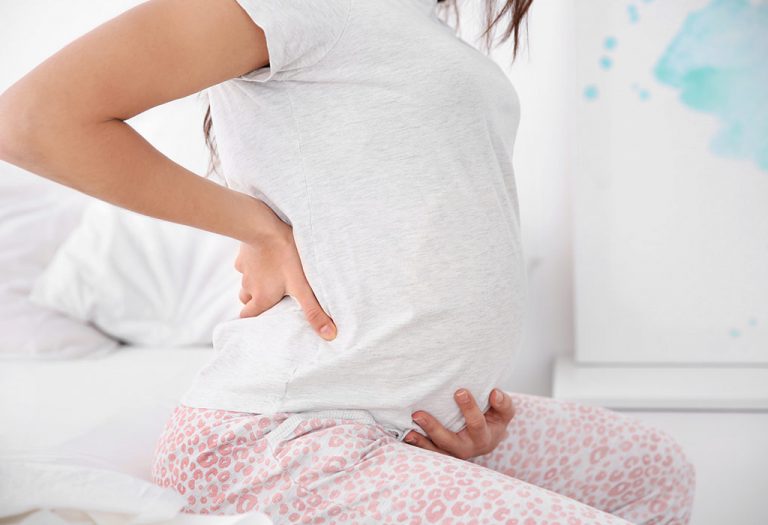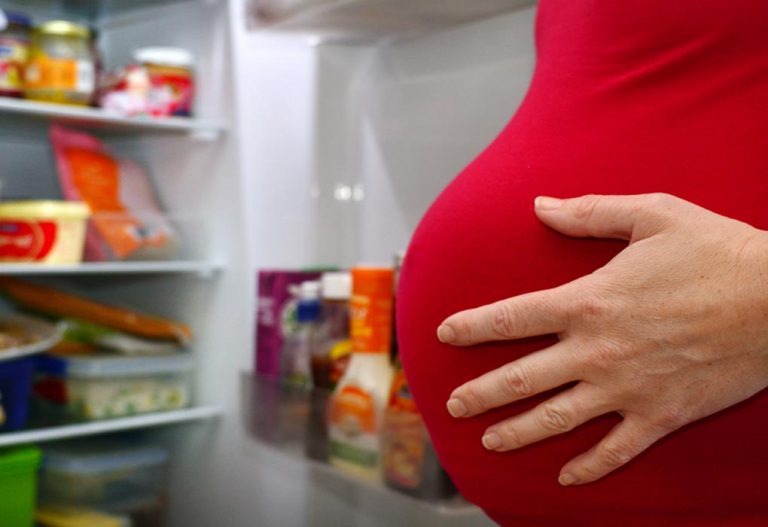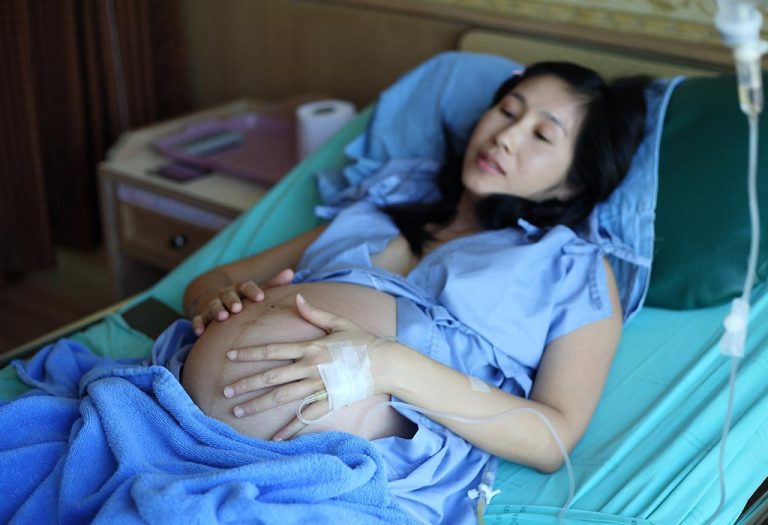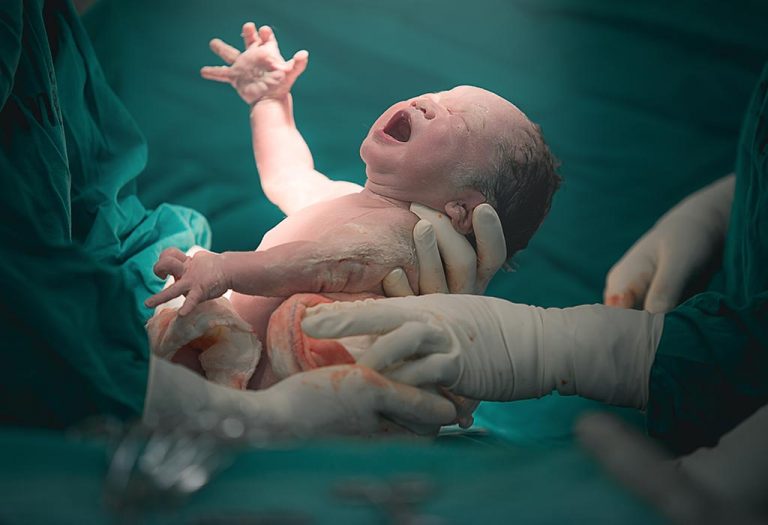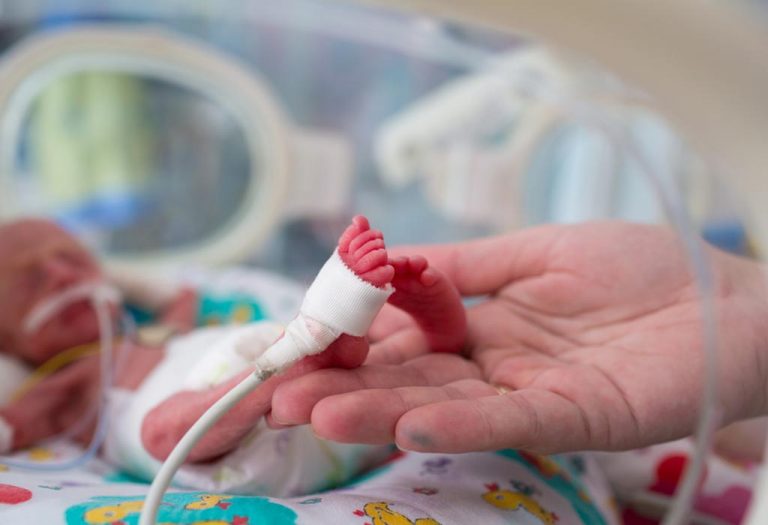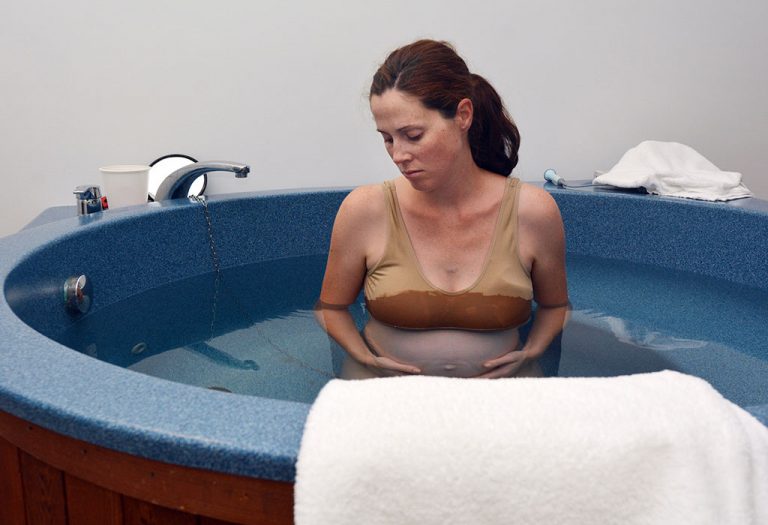Back Labour – Signs, Symptoms & Treatment
Pregnancy and labour take a toll on you physically, emotionally and mentally. Exercise, diet and rest are the three most important things to pay attention to in order to keep yourself strong and fit. However, several issues can arise during a pregnancy that you may not have prepared for. One of them is back labour. Unlike typical labour pains that focus on the abdomen, back labour pains can be persistent and more challenging to manage. It can make the birthing process more uncomfortable, but understanding why it happens and how to manage it can make a big difference. In this article, we’ll explore the reasons behind back labour, the signs to watch for, and the best ways to ease the pain so moms-to-be can feel more prepared.
What Is Back Labour?
Back labour means intense pain and discomfort felt in the lower back during childbirth, usually caused by the baby’s position pressing against the mother’s spine. This can make contractions more painful and difficult to manage (1) (2).
How Common Is Back Labour?
Back labour is relatively common, with studies suggesting that about 25% of women experience it during childbirth. However, the intensity and duration of back labour can vary from person to person (1).
When Does the Labour in Back Start?
Back labour usually starts when active labour begins, as contractions become stronger and more frequent. Some women may feel lower back pain earlier, even in the late stages of pregnancy, but true back labour pain typically intensifies with contractions. The pain may continue throughout labour and can be more intense than regular abdominal contractions.
What Does Back Labour Feel Like?
Back labour pain is at its peak during and between your contractions, making it nearly unbearable during this time. What does back labour feel like in the beginning? The pain you feel during labour is usually manageable at first, feeling like standard backaches. However, when contractions begin, an incredible burning feeling in the lower back could emerge, dwarfing the pain caused by the labour itself. Back labour pain is consistent with jumps in pain when the contractions arrive. Some women have described it as feeling as if your back is breaking with every contraction.
Causes of Back Labour
Studies have shown that there are multiple factors that affect back labour. Before you know how to control and cope with back labour pain, here are some of the reasons of back labour:
- Position of the Foetus: One of the most common reasons of back labour is how the baby is positioned inside your body. The ideal situation is when the foetus is upside down with the chin tucked into the neck and facing the back. But if your baby is facing the abdomen, its head can put pressure on your tailbone, causing more pain as your baby gets bigger. This is known as a posterior baby or a sunny-side up baby (3).
- Women With Small Waists: Women who have small waists tend to have babies longer than their torsos, which means that the baby exerts pressure on the mother’s back instead of the cervix due to lesser space.
- Stiff Ligaments: Pregnant women with rigid ligaments can make it tricky for the baby to find the right position in the uterus.
- Wrong Posture: Standing without bending knees slightly or tipping forward the pelvis increases the risks of back labour.
- Injuries to the Back or Ligaments: A history of back or ligament injuries greatly increases the chances of developing back labour.
- Shape of the Pelvis: Occasionally, some women have pelvises that can only accommodate a foetus arranged in the posterior position.
Signs and Symptoms of Back Labour
Back labour contractions are associated with several symptoms. Here are a few lower back pain labour signs:
- Pregnant women with back labour are likely to have a much longer and more painful birth.
- One of the early signs of labour back pain is the inability of women with posterior babies to feel when their contractions have started.
- Labour contractions that do not occur at regular time intervals
- Extra time spent pushing during labour due to the awkward position of the baby
Risk Factors
While there are no direct risks linked with developing back labour, there are a few factors associated with the posterior arrangement of the foetus.
- Being overweight
- Having a prolonged pregnancy
- Being pregnant for the first time
- Medical induction of labour
Interestingly, sometimes, foetuses can be in a posterior position but not cause back labour in the mother at all. In a 2005 study conducted among women in labour, moms-to-be with posterior babies were not likelier to complain of back pain than women who had downward/sideward-facing babies. However, the study was inconclusive as 90% of the women eventually opted for an epidural for pain management.
Back Labour vs Back Pain vs Regular Labour
Back labour, back pain, and regular labour pain may seem similar but have key differences. Back labour occurs during childbirth when the baby’s position, often occiput posterior (OP), puts pressure on the mother’s lower spine. This causes intense, sharp pain in the lower back that worsens with contractions and may radiate to the hips and thighs.
Back pain can happen at any time during pregnancy due to posture changes, muscle strain, or spinal pressure. It is usually a dull, aching discomfort that can be relieved with rest, stretching, or warm compresses (4).
Regular labour pain is primarily felt in the abdomen and lower back as contractions come and go, signalling the progression of childbirth (5). While regular labour pain follows a pattern, back labour pain can feel constant and more challenging to manage.
Will It Cause Complications for Baby or Me?
While back labour can be extremely uncomfortable, it cannot hurt either you or your child. However, it is possible for posterior babies to drop into the birth canal, which can cause complications like difficult labour, exhaustion, and vaginal tearing. Complications of back labour can sometimes require medical interventions such as using forceps to pull the baby through the birth canal, performing episiotomies to enlarge the vaginal opening, or opting for cesarean surgeries.
How to Improve Foetal Position?
As back labour is most commonly caused by the baby sunny side up, fixing the position of the baby can help with the back labour pain. Some of the techniques used to improve foetal position are:
- Sleeping on the Left Side: This makes the baby move around, removing pressure from the back (6).
- Leaning in While Sitting: Leaning forward in a sitting position also convinces your foetus to shift its position. The ideal way of doing this is by straddling a birth ball or an armless chair.
- Stay Active: Indulging in a few hours of cardio exercises every day can help shift the foetus around, especially downward-directed activities like breaststroke swimming (7).
- Pelvic Tilts: If you are carrying a posterior baby, it is essential to perform these exercises multiple times a day. Pelvic tilts help reduce the pressure on the spine.
- External Cephalic Version: Posterior babies usually switch positions a few weeks before pregnancy. But if your baby still hasn’t moved, there are some procedures you might want to consider. The doctor can use a technique called External Cephalic Version to manually turn the baby into the delivery-friendly position while using ultrasonography as a guiding system (8).
How Do I Get Relief From Back Labour?
Labour time is stressful enough for an expecting mother without having to deal with the physical discomfort of back labour. The treatment for back labour is easy to do and quite effective.
- Using hot and cold compresses alternatingly on your lower back
- Steady counter pressure via a back massage will relieve some pain
- Taking a warm bath or shower
- Applying pressure by having cylindrical or spherical objects, like bottles or balls, rolling down your back
How to Prevent Back Labour?
It is not possible to tell if you will experience back labour when giving birth. However, as mentioned above, fixing the position of the baby is one of the best methods to prevent back labour. In addition to getting your baby the right way up, visiting your chiropractor regularly will help to manage any developing pains. Ensure you get an ultrasound done to check the baby’s position often so you can start treatments as soon as you find out your baby is posterior. You can also visit a childbirth training class to receive advice and pain-relieving techniques from someone trained in the subject.
Other Comfort Measures
There are a few other methods to have a comfortable pregnancy without back labour. Some of these are:
- You could give birth in a standing or kneeling position as it puts less pressure on the back
- Staying on your hands and knees throughout labour is also helpful in relieving back labour
- An alternative technique is injecting sterile water into the lower back, which gives pain relief for several hours. It must be noted that while this is popular, the mechanism behind how it works is still unclear
When to Consult a Doctor?
Contact your doctor if you experience back labour contractions along with any of the following signs (1):
- Contractions occurring every five minutes, lasting one minute each, and continuing for an hour.
- Vaginal bleeding
- A sudden gush or leakage of fluid from the vagina, which may indicate your water has broken.
- Unexpected diarrhoea, which can sometimes signal the onset of labour.
FAQs
1. Does back labour increase the chances of a C-section?
Not necessarily, but back labour can lead to a longer, more difficult labour, increasing the need for interventions like forceps, vacuum-assisted delivery, or a C-section if the baby remains in a posterior position.
2. How long does back labour last?
The duration varies for each woman. If the baby remains in a posterior position, back labour may last throughout active labour and make contractions feel more intense.
3. Can labour pains be felt in the upper back?
Yes, labour pains in the upper back can occur, though they are less common than lower back pain. It is more likely to happen in cases of back labour, where the baby’s position puts extra pressure on the spine. The discomfort may extend from the lower back to the upper back and shoulders due to muscle strain or tension caused by prolonged labour.
Although back labour is incredibly painful, it does not indicate that anything is wrong with your pregnancy. The outcome of most back labour cases is a normal birth. However, a few women might require an epidural to take care of the pain. The most important thing you can do is to stay fit and be in tiptop shape for the arrival of your baby.
References/Resources:
1. Cleveland Clinic – Back Labor
2. American College of Obstetricians and Gynecologists – What is back labor?
3. Cleveland Clinic – Fetal Positions
4. NHS – Back pain in pregnancy
5. March of Dimes – Contractions and signs of labor
6. Sleep Foundation – Pregnancy Sleep Positions
7. National Childbirth Trust – Is it safe to exercise during pregnancy?
8. Cleveland Clinic – External Cephalic Version (ECV)
Also Read:
Labour Pain
Crowning in Labour
Cervix Dilation during Labour
Signs and Symptoms of Labour
Was This Article Helpful?
Parenting is a huge responsibility, for you as a caregiver, but also for us as a parenting content platform. We understand that and take our responsibility of creating credible content seriously. FirstCry Parenting articles are written and published only after extensive research using factually sound references to deliver quality content that is accurate, validated by experts, and completely reliable. To understand how we go about creating content that is credible, read our editorial policy here.





